The WIU Quad Cities-Riverfront Campus: A History
March 23, 2022
Editor's Note: This is the first in a series of stories about the celebration of the 10th anniversary of WIU's Riverfront Campus. We will be highlighting other historical aspects, as well as students and alumni from the Quad Cities' programming.
MOLINE, IL -- Western Illinois University has a longstanding presence in the Quad Cities region. While the University began offering undergraduate courses in Macomb in 1912, and made a temporary home in the Quad Cities' 60th Street Campus building in the 1990s, the current Riverfront Campus is celebrating its 10th year in 2022.
The push for a new and improved academic space in the Quad Cities began when a need for a more spacious campus, with the ability to offer new, state of the art spaces for equipment and labs in order to accommodate advanced courses in the areas of science, as well as engineering, was felt by students, faculty and the University.
After years of lobbying by Macomb and Quad Cities leaders, former Illinois Governor Pat Quinn granted initial funding for the project in 2010. About $62 million was released to allow construction to begin at the Riverfront Campus, and the groundbreaking ceremony was held March 31, 2010, at 3000 River Dr. in Moline, IL. Thanks to the donation of a 20-acre property from John Deere and Company, Phase I was completed in 2012. The grand opening of the campus was Jan. 17, 2012.
Upon its opening, the WIU-Quad Cities Riverfront Campus Phase I expanded the presence of the only public university in the Quad Cities. WIU maintained partial use of the 60th Street building until 2014, when the Board of Trustees unanimously voted to sell the property for $1.4 million. An exception was made for the funds to be allocated toward various stipulated costs, including future construction, infrastructure, landscaping, historical preservation and leases.
In 2014, Phase II of the Quad Cities Complex was completed. This phase cost $42 million and included a 94,800 square foot classroom complex sitting along the Mississippi River. The complex now houses academic programs in the colleges of Arts and Sciences, Education and Human Services and Fine Arts and Communication. In addition, the Quad Complex also houses a branch of University Libraries, WQPT-TV, a campus fitness center, eSports Room, science laboratories, and is home to community partners Mercado on Fifth and offices of the Robert Young Center.
Today, the campus remains the sole public university in the region, providing educational opportunities to students who call Quad Cities home, as well as students regionally, nationally and internationally. By retaining current residents, while also recruiting new students from outside the region, WIU contributes to the economy and workforce needs.
In addition to academic program offerings and student services, Riverfront Hall and the Quad Cities Complex buildings are certified LEED for environmental sustainability, and spaces across campus feature state-of-the-art technology for hands-on learning experiences and connectivity across the globe. The riverfront location provides opportunities for teaching, learning and research centered on the environmental, cultural, economic, and social aspects of one of the Quad Cities' greatest assets, the Mississippi River.
For more information about the WIU-Quad Cities Riverfront campus, visit wiu.edu/qc.
Posted By: Rachel Greene (WIUnews@wiu.edu)
Office of University Communications & Marketing

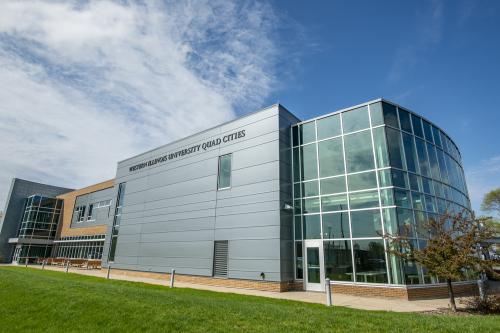
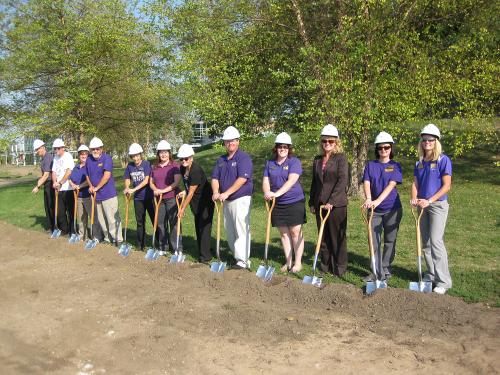
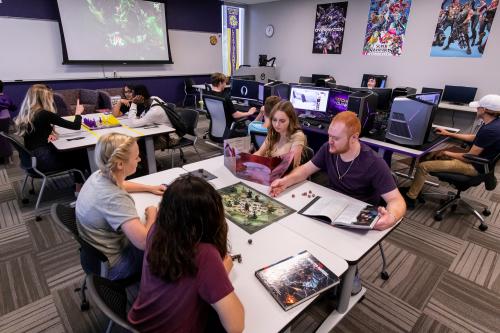
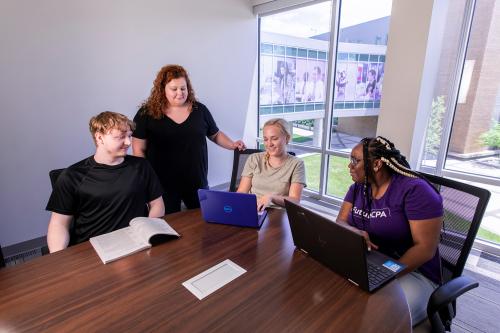
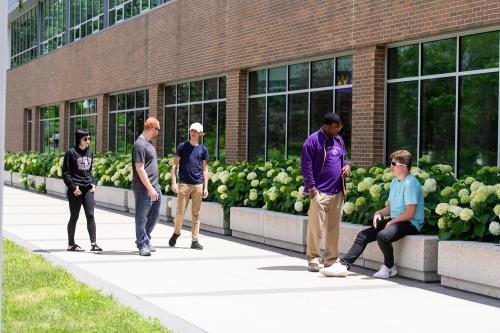
Connect with us: